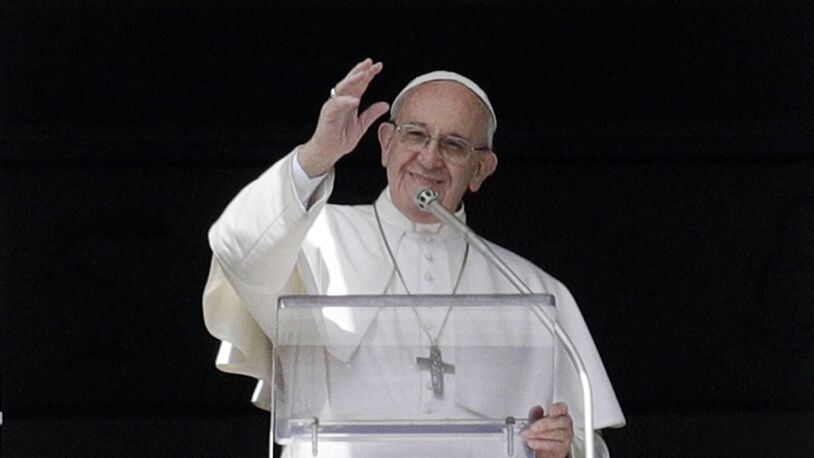The priest shortage is partially due to a culture shift, said William Portier, who serves as UD’s program director and the Mary Ann Spearin chair of Catholic Theology. Catholicism was at its high point in the late 1950s and early 1960s, he said, when more people were interested in serving the church.
The Pope’s consideration of married men for priestly duties is “not really all that unusual or striking” because some Catholic priests are already married, Portier said.
Angelican priests who convert to Catholicism are allowed to be married, Portier said. Priests in the eastern rite Catholic Church are also allowed to be married.
Francis is unlikely to issue a decree allowing married men to be ordained, Portier said. Instead, he’ll leave it up to the bishops to decide.
“He wants it to rise up from below as a local need,” Portier said. “If bishops want to do it, it will just be that way.”
It may be a while longer before any area priest shortages are made up by married men though, MacQuarrie said.
Brazilian Cardinal Claudio Hummes, a friend of Pope Francis and former head of the Vatican’s office for clergy, has reportedly pushed to allow the practice in the Amazon. Places like the Amazon, where the church counts around one priest for every 10,000 Catholics, are more likely to have married men become priests before U.S. churches do, MacQuarrie said.
“I think this would only be for places that are experiencing an extreme shortage,” MacQuarrie said. “I don’t think we’re feeling it that much here yet.”
Church leaders have anticipated a shortage since 2000, said Stephan Trosley, a spokesman for the Archdiocese of Cincinnati, which oversees Catholic churches in 19 counties, including Montgomery, Warren, Greene, Clark, Miami and Butler counties.
“It’s something we’ve seen coming for quite some time,” said Rev. John MacQuarrie of St. Bernard Roman Catholic Church in Springfield. “What’s happened in the last 30 to 40 years is our numbers have declined.”
The catholic population of the 19 counties included in the Archdiocese of Cincinnati dropped by 93,589 from around 547,000 in 2000 to 453,411 as of 2016, according to the Catholic directory of the archdiocese.
The number of parishes has decreased by 24 from 235 in 2000 to 211 as of 2016. The number of priests has declined from 260 in 2000 to 199 as of 2016.
In the last decade and a half, some parishes began sharing a priest so their church could remain open and running, Trosley said.
“That way people could keep their church-home for Mass and the sacraments, their organizations and take part in the decisions made about their own unique parish and school,” Trosley said. “They just had to share their priest with another parish or two.”
5 HIGHER ED MUST READS
• BINGE DRINKING: Student death has area colleges re-evaluating
• UD second to Ohio State in alcohol-related citations issued
• 3 things to know about Wright State’s next president
• National Science Foundation awards UD researcher more than $500K
• Area college named ‘most beautiful Christian’ campus in Ohio
About the Author
